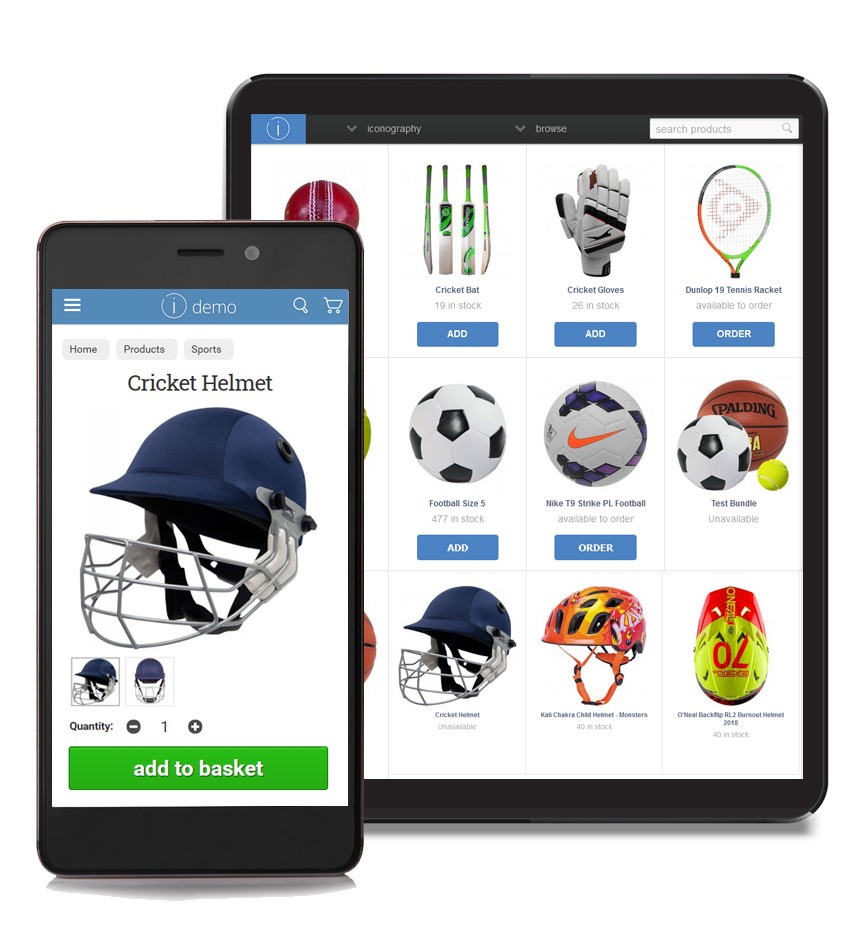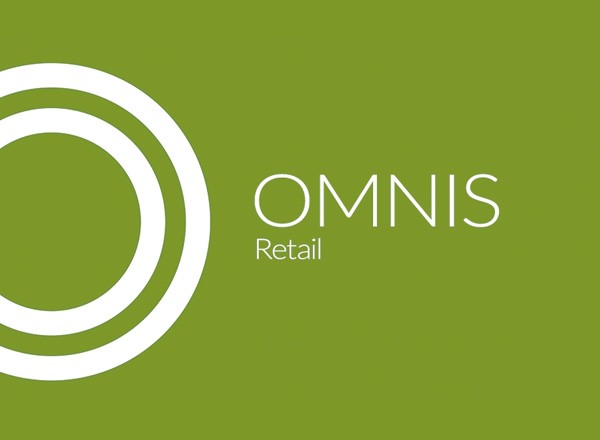How to combine online
and instore loyalty schemes
Customer loyalty should be a top priority for retailers, especially in these turbulent times. After all, it’s well known that it costs around 7x more to acquire new customers than retain existing ones. For decades retailers have been using customer loyalty schemes to keep customers coming back for more but do they still work in 21st Century retail?
Loyalty across omnichannel
For omnichannel retailers customer loyalty schemes pose an obvious challenge, how to integrate online and instore loyalty schemes. Retailers using different systems for different channels often come up against issues like making data accessible in the right place at the right time and accessing live, accurate information. This is frustrating for customers and staff and is a barrier to having a loyalty scheme that works.
However, for those that succeed the benefits go way beyond simply enabling the customer to use points or vouchers across every channel. A channel-agnostic loyalty scheme helps retailers to pursue a data-driven marketing strategy, collecting and using information to make better marketing decisions and personalise experiences to deliver greater revenue across all channels.
Loyalty by Iconography
Did you know that our Unified Commerce platform mixes eCommerce, RMS, CRM and EPoS?
OMNIS Retail provides an award winning solution to the problem of combining online and offline loyalty schemes.
Unified Commerce offers the best solution for a combined online and instore loyalty scheme

Choosing a Retail Management System
Your customers expect a fluid omnichannel experience, and there's no reason why you can't offer one. Download our eBook to find out more; there's more to it than just loyalty schemes!
70% of consumers are more likely to recommend a brand if it has a good loyalty scheme
Why combine online and instore loyalty schemes?
Loyalty schemes are important to consumers. According to Bond, over 70% of consumers are more likely to recommend a brand if it has a good loyalty scheme and 77% say that a loyalty scheme is more likely to make them stay with a brand.
Taking the time to understand what your customers want from a scheme and how you might implement it across all channels is a valuable use of time and resource. A poor loyalty scheme is a sure-fire way to lose customers to competitors; a good one will increase customer retention.
Beyond that, there are wider opportunities. Integrating online and instore loyalty schemes gives retailers that all-important 360° of the customer enabling marketing teams to understand who customers are, what they bought, where they bought and when they bought.
This is important because it enables marketers to deliver better personalisation, a highly important factor for consumers when shopping with brands. According to Accenture, 91% of consumers are more likely to shop with brands who provide relevant offers and recommendations. A cross-channel loyalty scheme is a key tool for delivering this.
Amazon Prime members spend four times as much as Amazon's normal customers
How to combine online and instore loyalty schemes
Successfully implementing a customer loyalty scheme that works across all channels, and that provides value to your marketing team, comes down to having the right front and backend systems in place to collect and push data to the appropriate channels when it’s needed.
To integrate online and instore schemes a Customer Relationship Management (CRM) system is essential as it stores customer information such as name, address, contact details, purchases, website activity and more.
A CRM should act as the hub of your customer loyalty scheme, collating and feeding data to your core online and instore sales and marketing systems, ideally with no integrations, so that data gathered from any channel can be accessed in real-time.
A good CRM will also have functionality that allows your marketing team to automate and intelligently target your email marketing using data pulled from any channel such as eCommerce and in-store EPoS. This 360° customer view helps to deliver targeted and more personalised marketing campaigns based on real data and analytics.
Because a successful customer loyalty scheme relies on data being available in real-time at every touchpoint, it’s important to minimise the risk of these systems failing to interact at critical moments. That’s why many retailers are now moving towards implementing Unified Commerce platforms which combine these core systems into an all-in-one platform.
The right loyalty scheme enhances loyalty and increases order values
Customer loyalty scheme ideas
With the right systems in place, decisions need to be made about the type of loyalty scheme that will be implemented in the business. Retailers must consider what is right for their customers and not what is easiest or the quickest to put in place.
One of the most common frustrations customers have with loyalty schemes is that it takes too long to earn a reward (54%) while 75% say that they want to be rewarded for things like watching a brand video or taking a survey.
These are some of the most popular types of loyalty scheme retailers are using today to engage with their customers and retain them in an increasingly competitive retail landscape.
Points based customer loyalty scheme
A points-based customer loyalty is probably the most common that consumers come across when shopping with their favourite brands. It’s simple and effective, every time a customer makes a purchase they get a certain number of points based on their spend.
One brand that has taken this further is cosmetic and skincare retailer Tarte. They offer a way for customers to earn points in-between purchases by rewarding them for posting user-generated content such as selfies with products and by writing online reviews.
Paid for loyalty scheme
One of the most well known paid-for loyalty type schemes is Amazon Prime. This membership style scheme delivers huge revenue boosts for Amazon with Prime members on average spending four times more than regular Amazon customers.
A paid membership customer loyalty scheme must deliver true value for the customer. This is often done by offering free delivery, exclusive discounts and early access to products for paid up members.
Tiered customer loyalty schemes
A tiered scheme essentially allows customers to collect points and reach higher levels of a scheme to redeem more exclusive rewards. Points can be given to customers based on how often they buy, how much they spend or any other metrics that are important to your business.
Adding a gamification element that shows how many members are in each tier is a great way to motivate customers to reach higher tiers of the scheme. According to Invesp, 50% of consumers change their behaviour to reach a higher tier within a loyalty program.
Prize draws and competitions
This type of scheme can work in a number of ways which makes it a great option for retailers with existing schemes. For example, paid members of a scheme could be automatically entered into a draw each month as part of their membership. It could also be applied to tiered membership schemes where the prize increases in value with each tier.
For retailers with no customer loyalty scheme in place, it could serve as a way to generate brand awareness and drive sales from new customers. New customers could be entered into the draw by purchasing a product or even by just signing up for an account.
OMNIS Retail provides a unified loyalty scheme
It’s clear that customer loyalty schemes have the power to significantly increase retailer revenue - a loyalty increase of 7% can boost lifetime profits per customer by as much as 85%. However, getting it right is easier said than done especially with the range of loyalty schemes on offer from different brands.
The key to success is data, and more importantly, access to data which needs to be collected and accessible to the customer and retailer whenever they need it. Reviewing your retail management systems will help you to understand where the gaps are in your systems that might disrupt data collection and distribution so that you can deliver an omnichannel customer loyalty scheme that works for you and your customers.
OMNIS was born out of the needs of a leading direct to consumer brand to support their online and instore retailing formats in the UK market. They were facing the same problems and challenges that present obstacles for any retailer.
As a progressive and forwarding thinking brand, our client wanted to remove the limitations, constraints and operational inefficiencies associated with integrating an eCommerce website with offline EPoS and legacy back office retail software.
We quickly saw the vast potential OMNIS possessed. It’s a need we’ve recognised with many other retailers and DTC brands that have similar aspirations and want to remove the restrictions of old retail technology and software.
No matter the source, all sales are linked to a single customer account. That gives the best user experience for the end customer, while providing the retailer with a single true view of the customer and their purchasing behaviour across all channels.
Request a Demo

Online and instore retail
OMNIS Retail is a pioneering new retail solution that has been driven by D2C brands & niche retailers looking to the future. A single database eliminates any data integration issues between outdated systems, instead providing a cloud-based omnicommerce retail solution fit for the 21st century.
My account manager really kept this project on track, they were extremely patient with me and diligent with the project. I really appreciate all the work they have done.
Christine Brittijn, Greater Goods
Get in Touch